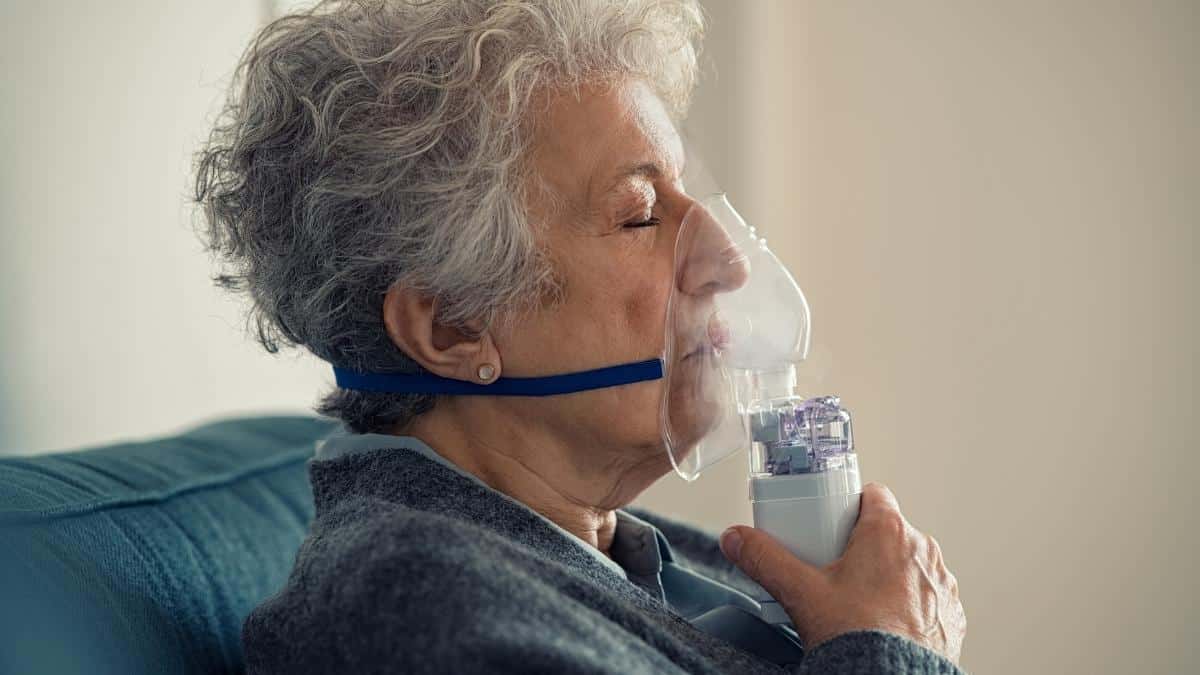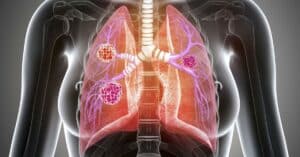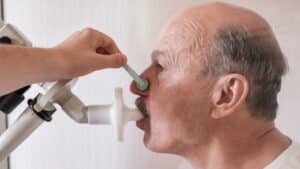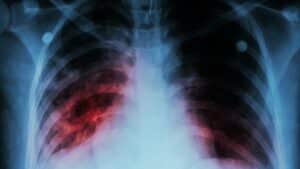Pulmonary fibrosis can leave you breathless. Here’s how to get around when you’re traveling with pulmonary fibrosis.
Pulmonary fibrosis (PF) is a restrictive lung disease brought on by the excessive build-up of scar tissue leading to a thickening of the walls. This scar formation ultimately causes reduced oxygen supply to the blood and leads to shortness of breath.
In contrast to those who develop COPD, the causes of pulmonary fibrosis aren’t always connected to smoke or other inhalants, and at times can come as a result of a genetic predisposition to the disease.
Although alternative treatment options exist, and the symptoms of PF can include chronic coughing, shortness of breath, fatigue and physical discomfort, the high stress of traveling can be particularly challenging to overcome.
With your health in mind, the Lung Institute is here to give you 5 helpful tips for Traveling with Pulmonary Fibrosis.
5. Layer Up When Traveling with Pulmonary Fibrosis
No matter where you live in the U.S., when winter comes around it gets a little colder than usual.
For most people, cold weather can cause us to get sick, move a bit slower, and have a little less energy, for those with pulmonary fibrosis however, it can also mean a more labored respiratory system creating an even greater sense of difficulty in healthy breathing.
To combat this, it’s important to keep the body warm, and cold weather clothing is the first line of defense for combatting cold weather.
The key to dressing for cold weather is to focus on layers, and having a pair of gloves, socks, and insulated boots can do wonders in keeping your body’s natural heat from escaping.
4. Masks Aren’t Just for Halloween- Get a Cold Weather Mask
During the winter, cold weather can have a significant effect on aggravating lung disease symptoms. To combat this, a cold weather mask can be a big help in warming the air before it enters your lungs, allowing you to breathe a bit easier in cold weather conditions.
Cold weather masks have been recommended by many organizations affiliated with lung disease and have shown great efficacy in aiding those with pulmonary fibrosis during cold weather conditions.
3. If Flying with Pulmonary Fibrosis, Plan Down to the Letter
Flying with lung disease can be a difficult proposition. Although the interior cabins of a plane are set to keep the internal air pressure at around 3,000 feet, for those with a lung disease such as pulmonary fibrosis, breathing at this altitude can be difficult.
Due to this challenging cabin pressure, it’s important to have a supplemental oxygen tank near you at all times in order to regulate your breathing.
To bring an oxygen tank with you on board a flight, you’ll need to reach out to your airline at least two weeks in advance to allow them to accommodate you, as well as bring a prescription from your doctor for the supplemental oxygen.
2. Keep an Oxygen Tank Handy when Driving with Pulmonary Fibrosis
When driving with lung disease, keeping a supplemental oxygen tank is paramount to facilitating healthy breathing over extended periods of time.
For long drives for those who live with pulmonary fibrosis, proper supplemental oxygen procedure is to keep your tank upright and firmly fixed in the passenger seat with a seatbelt.
If there are any other supplemental oxygen tanks within the vehicle, they should be placed flat behind the driver’s seat.
Driving while short of breath can be difficult as well as dangerous, so place the greatest care on maintaining and operating your supplemental oxygen tank efficiently and safely.
1. Helpful Tips for Traveling with Pulmonary Fibrosis
When making an extended trip by either plane, car, ship or train, it’s important to consult your doctor for the best advice.
When traveling with pulmonary fibrosis, having a clear understanding of the type of area you are traveling to is important to ensuring a healthy and happy experience.
A few things to consider when making travel plans are the elevation of the area, the weather, what types of medications will be necessary and the terrain itself. Will the area you’re visiting be flat and easily walkable? Or will it be steep and difficult to traverse?
In understanding the importance behind these questions, it will allow you to plan better and ultimately ensure a better traveling experience.

Christine Kingsley, APRN is the Health and Wellness Director at the Lung Institute where she focuses on providing helpful online resources for people looking for information on various lung diseases, breathing exercises, and healthy lifestyle choices. She advocates for holistic care that involves working with your doctor to explore all options including traditional and alternative care while focusing on diet and exercise as proactive measures.









